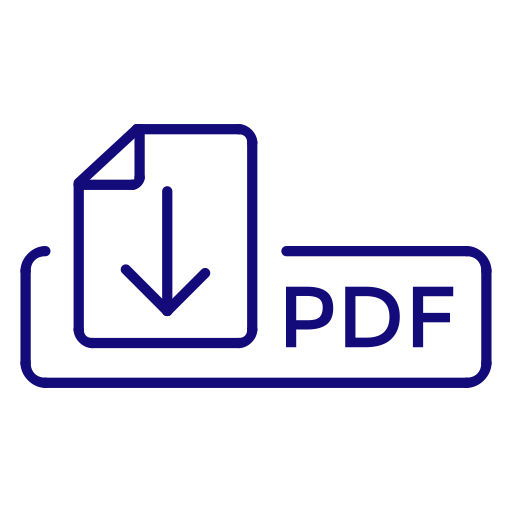

KILIÇ S., ÇAM İ. B., KILIÇ M., TONGUR T.
ICACA 2018 : 20th International Conference on Agricultural Chemistry and Agrochemicals, Kopenhag, Danimarka, 11 - 12 Haziran 2018, cilt.12, sa.6, ss.40, (Özet Bildiri)
-
Yayın Türü:
Bildiri / Özet Bildiri
-
Cilt numarası:
12
-
Basıldığı Şehir:
Kopenhag
-
Basıldığı Ülke:
Danimarka
-
Sayfa Sayıları:
ss.40
-
Akdeniz Üniversitesi Adresli:
Evet